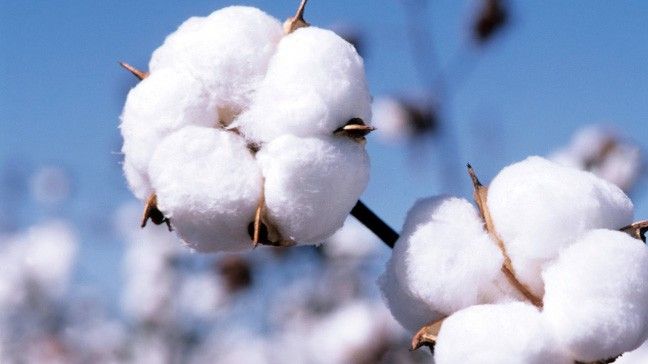Grammage is a parameter most frequently used by vendors to indicate the quality of a shirt. This value indicates the weight of one square meter of material in grams. Generally, this value tends to be within 90 and 250 g/m2. A high grammage is often considered to imply high quality. However, the opposite is often true. The most delicate and generally superior fabrics tend to weigh around 120 g/m2 with warmer alternatives beginning at around 145 g/m2. Heavier winter fabrics and flannel materials weigh g/m2 or more. In a nutshell, it is important to consider grammage when choosing the right material but don’t forget to consider the current season and weather conditions. Aim between 90 and 125 g/m2 for the summer, for spring and autumn, try between 125 and 140 g/m2 and finally, for the winter season, 140 g/m2 and upwards.
The fundamental sign of fabric quality is its softness which can be quantitatively expressed as thread count and is given in units of NE. This translates to the number of meters of simple thread weighing 0,59 grams (or the amount of 840-yard lengths weighing one pound). In general, the finer the yarn, the softer and more comfortable the fabric. Furthermore, a finer yarn suggests the final fabric will be stronger, more resistant and breathable. A value of around 100 NE and above indicates a high quality of cotton. A yarn of 100 meters of such material only weighs a mere 0,59 grams. The thread count of lower quality clothing tends to be between 20 and 60 NE. A value of above 300 NE is possible, however the cost of such a shirt may be upwards of ten thousand CZK/350 GBP. By using long fabric cotton such as Pima, Sea-Island or Egyptian cotton, we are able offer shirts with more than 140 NE.
On the other hand, a lower number of NE does not always necessarily translate to poor quality shirts. It is sometimes desirable in order to achieve a more pronounced structure or for warmer fabrics. For example, the oxford structure generally has between 40 and 60 NE for a more rugged structure, as well as flannel or winter fabrics. When choosing a dress shirt however, one should try to choose above 80 NE.
A competent vendor should always be able to convey and explain the NE value of a specific yarn.
Another important fabric quality parameter is whether the yarn has been plied or not. By twisting two threads together, the final yarn is more delicate and generally considered of higher quality. Plied yarns are indicated by a slash and the number 2 after the NE value. Yarns made by twisting three threads are of the utmost quality (once again, shirts produced from these fabrics may cost upwards of ten thousand CZK/350 GBP)
The majority of our range of products is woven from yarn with 100/2 NE. We also offer more delicate fabrics with 140/2 NE as well as winter season and oxford fabrics with values ranging from 40 to 80/2 NE. If you are interested in extremely soft fabrics, we are able to procure under the counter fabrics made from genuine Egyptian cotton with NE values over 200/2.


 9. 11. 2020
9. 11. 2020

